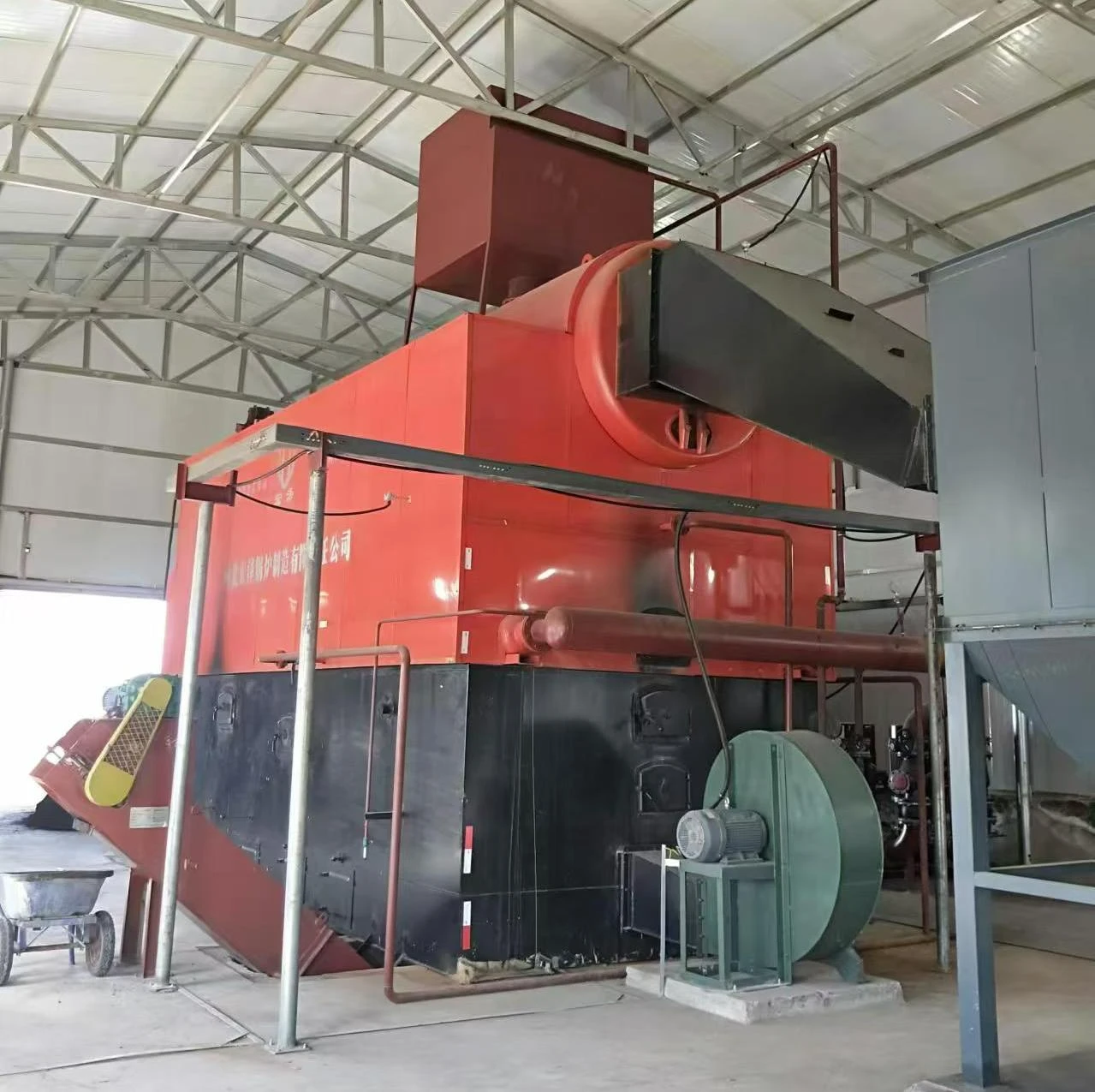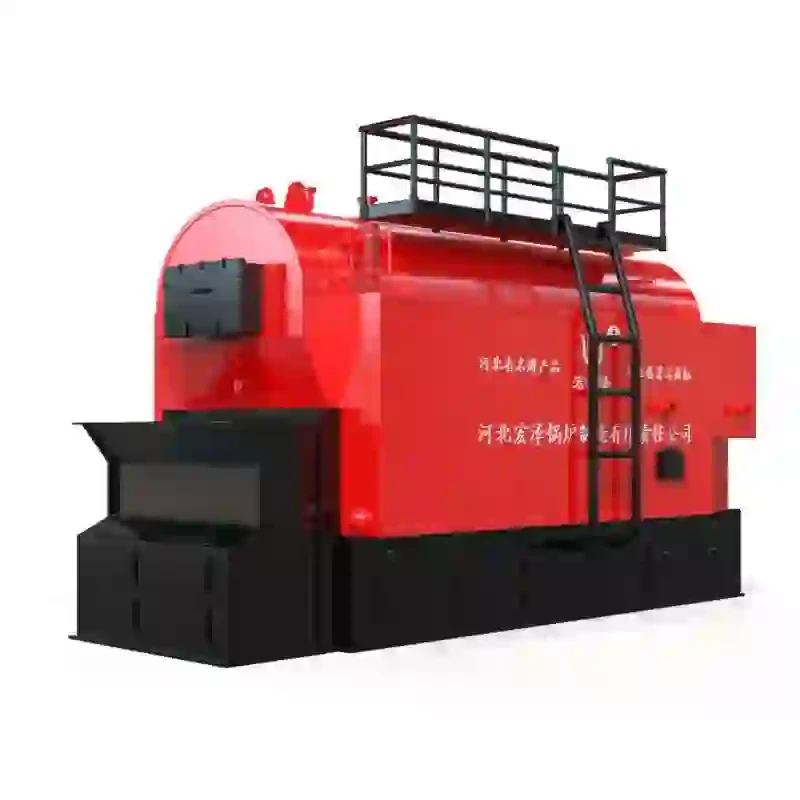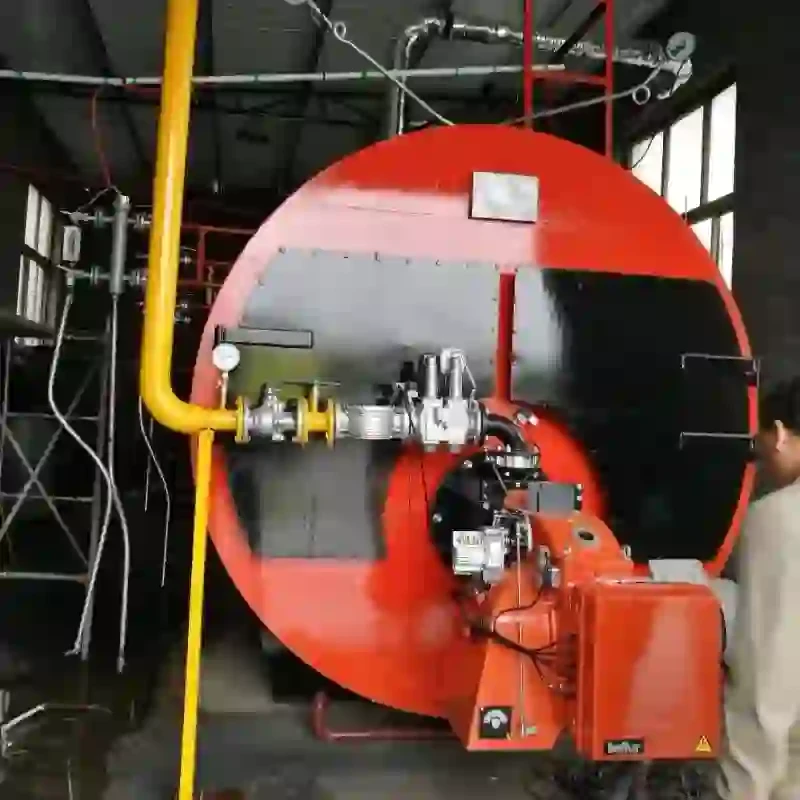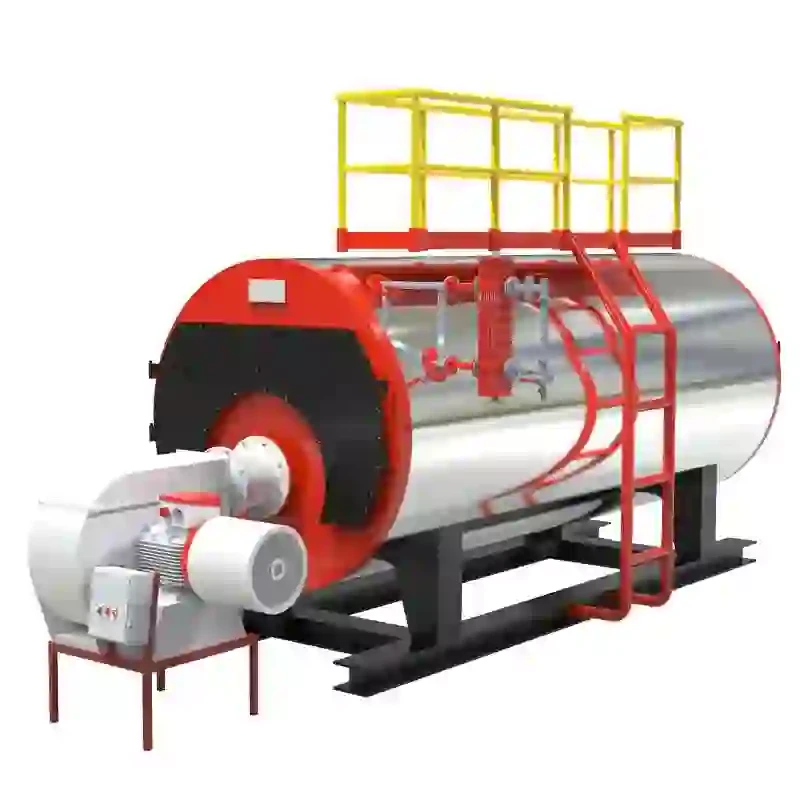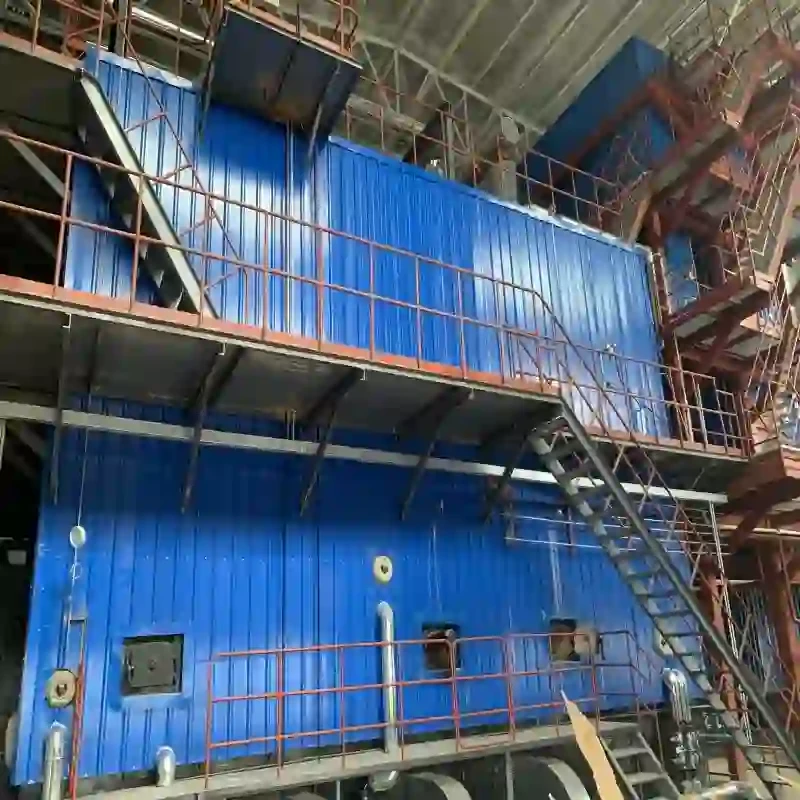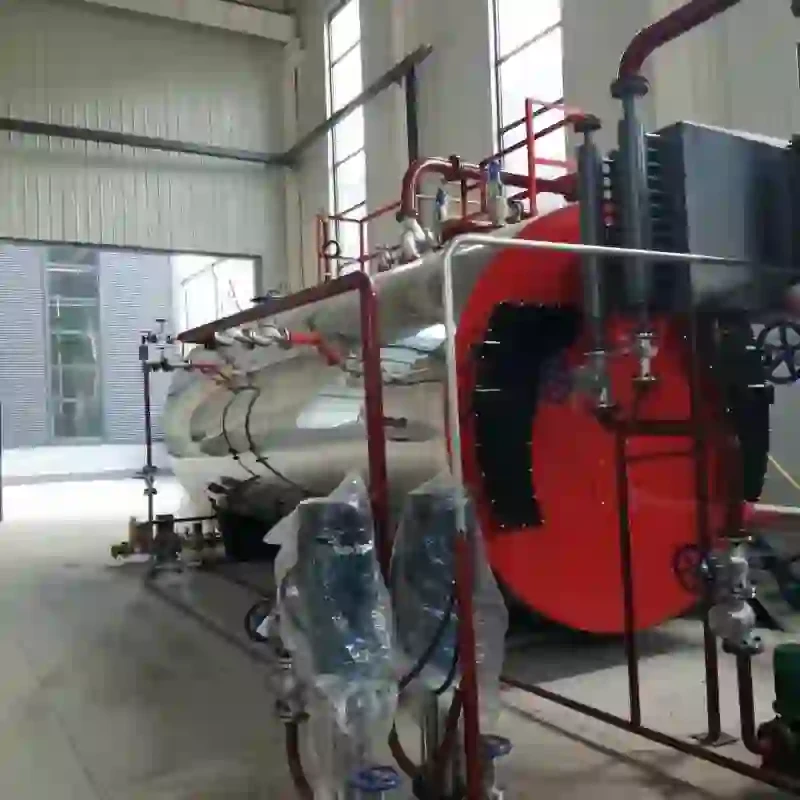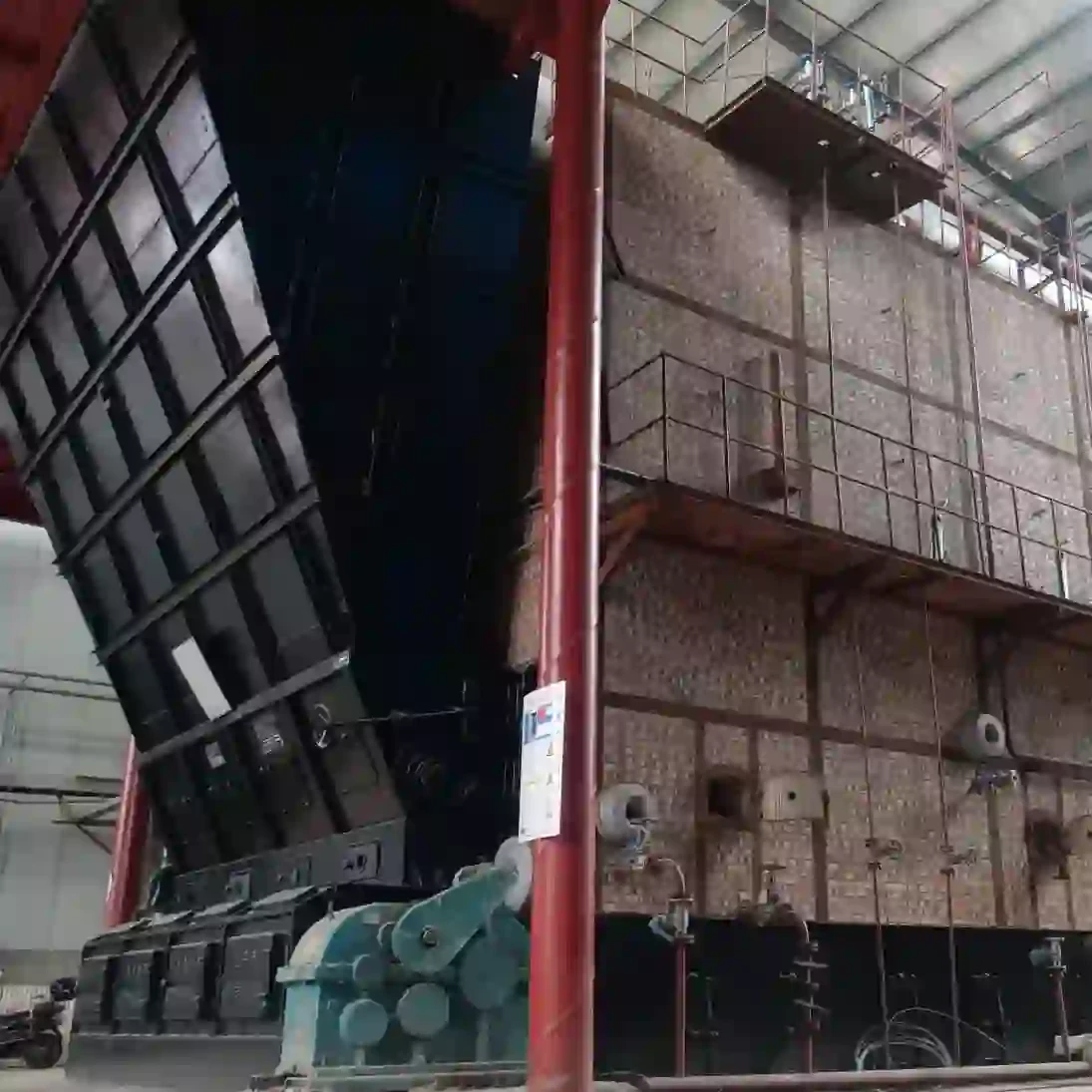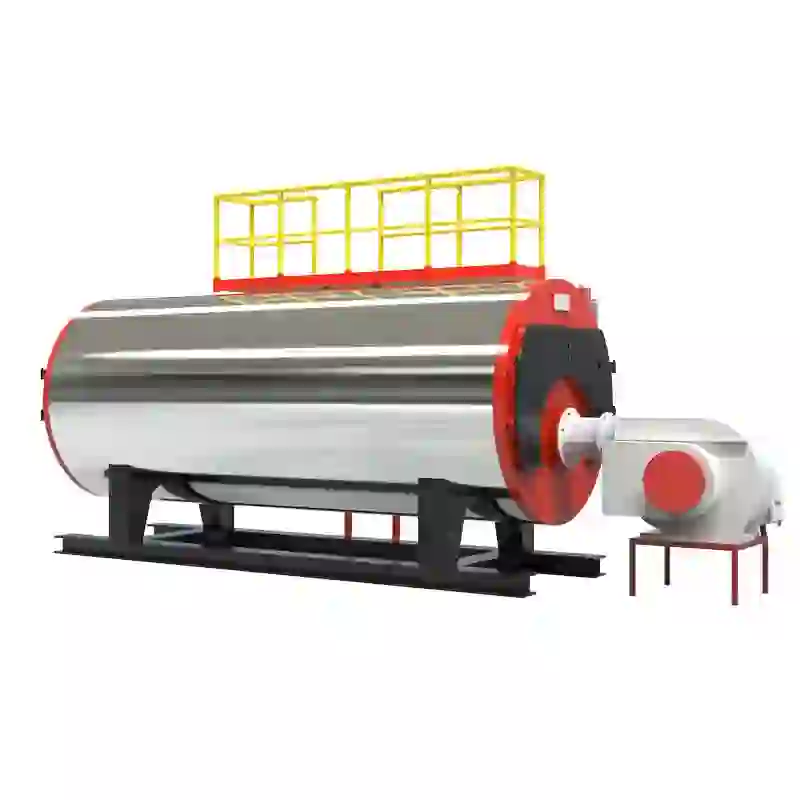
Dec . 04, 2024 10:45 Back to list
Working Principle of Coal-Fired Steam Boilers
When it comes to heavy industries, coal-fired steam boilers have long been a cornerstone of operations, supplying the steam power needed for everything from energy production to manufacturing processes. But how exactly does a coal steam boiler transform the humble coal into the high-pressure steam that drives turbines, powers equipment, and generates heat? In this article, we’ll break down the working principle of a coal-fired steam boiler, from coal combustion to steam generation, so you can understand the magic behind the machine.

The journey begins when coal is introduced into the furnace of the coal-fired steam boiler. As a solid fuel, coal is a highly efficient source of energy, and the furnace is designed to burn it at high temperatures to release its stored chemical energy in the form of heat.
Here’s how it works:
- Coal delivery: Coal-fired steam boilerstypically use a mechanical feeder or hopper to continuously supply coal to the furnace. The coal is fed into the combustion chamber where it is mixed with air, creating an ideal environment for combustion.
- Combustion process: In the combustion chamber, the coal is ignited by a combination of high temperature and the presence of oxygen. This creates a chemical reaction that releases heat energyin the form of hot gases. The higher the temperature and efficiency of the combustion process, the more energy can be harnessed to generate steam.
At this stage, the coal is being converted into heat energy, but this alone isn’t enough to power the coal steam boiler. The next step is to capture and use this heat to convert water into steam.
Heat Transfer to Water by Coal-Fired Steam Boiler: Turning Water into Steam
Once the coal is burned, the resulting hot gases are directed through a series of heat exchange tubes. This is where the real magic of the coal-fired steam boiler happens.
- Boiler tubes: The furnace produces hot gases that pass through heat exchanger tubes which are immersed in the water of the boiler. These tubes are typically made from steel or other heat-resistant materials. As the hot gases pass over the tubes, the heat is transferred to the water inside.
- Steam formation: The heat causes the water inside the tubes to boil, transforming it into steam. The temperature and pressure of the steam are controlled to meet the needs of the system. This steam is then directed to various industrial applications, from driving turbines to heating industrial machinery.
The efficiency of the heat exchange process is crucial in determining how much steam can be produced from a given amount of coal. Modern coal-fired steam boilers are designed with advanced heat transfer technologies to maximize the conversion of energy from coal into usable steam.
After the water is transformed into steam, it is collected and directed into a system of pipes that distribute the steam to where it is needed.
- Steam drum: The coal-fired steam boilerhas a large steam drum at the top of the system where the steam accumulates. The drum allows for the separation of steam from water, ensuring that only pure steam enters the system, while any excess water is recirculated back into the boiler to be reheated.
- Pressure control: The steam is maintained under high pressure to increase its energy potential. Pressure is an important factor in ensuring the steam can perform tasks such as turning turbines or driving industrial processes.
In a typical industrial setting, the steam is either sent through a steam turbine to generate electricity or directed to processes such as heating or powering machinery. The ability to control both the temperature and pressure of the steam is vital to ensure it performs optimally for the specific application.
Coal-Fired Steam Boiler Efficiency: Making Every Particle Count
The efficiency of a coal steam boiler is largely determined by how effectively it can convert the energy from coal into usable steam. A well-designed coal-fired steam boiler minimizes waste and maximizes output.
Here are a few efficiency-enhancing features commonly found in modern coal-fired steam boilers:
- Economizers: These devices capture residual heat from the exhaust gases before they are released into the atmosphere, using it to pre-heat the feedwater. This reduces the amount of energy needed to bring the water to boiling point and improves overall boiler efficiency.
- Air preheaters: Similar to economizers, air preheaterscapture waste heat from the exhaust gases and use it to warm the incoming air that is required for combustion. By preheating the air, these devices reduce the amount of fuel needed to maintain a constant combustion temperature.
- Flue gas recirculation: This technique helps optimize the combustion process, reducing the formation of harmful emissions like nitrogen oxides (NOx). By recirculating some of the exhaust gases back into the furnace, the boiler achieves more complete combustion and better fuel efficiency.
In short, the more efficient a coal-fired steam boiler is at utilizing the energy in the coal, the more steam it can produce with less fuel, making it both cost-effective and environmentally friendly.
Emission Control for Coal-Fired Steam Boilers: Keeping It Green and Clean
While coal-fired steam boilers are known for their energy efficiency, they also have a responsibility to minimize harmful emissions that can negatively impact the environment. Modern coal steam boilers are designed with various emission control technologies to help reduce the environmental footprint.
- Flue gas desulfurization: This process removes sulfur dioxide (SO2) from the exhaust gases, which can cause acid rain and other environmental damage. Many modern coal-fired steam boilersare equipped with scrubbers that use lime or other chemicals to neutralize sulfur compounds.
- Particulate matter control: Advanced filtration systems, such as electrostatic precipitators or fabric filters, capture ash and other particulate matter from the exhaust gases. This ensures that harmful pollutants are removed before they can enter the atmosphere.
- Low NOx burners: To reduce the formation of nitrogen oxides (NOx), which contribute to smog and respiratory problems, modern coal-fired steam boilersutilize low NOx burners that optimize the combustion process.
These environmental controls help ensure that while your coal steam boiler powers your operations, it also complies with modern environmental standards, contributing to cleaner air and a healthier planet.
The Power of Coal-Fired Steam Boiler
The coal-fired steam boiler is a tried-and-true powerhouse in industrial operations, capable of transforming coal into high-pressure steam that drives everything from manufacturing processes to power generation. By understanding the basic principles of coal combustion, heat transfer, and steam generation, you can appreciate the complexity and efficiency of these systems.
With modern advancements in technology, coal steam boilers have become more efficient, environmentally friendly, and capable of meeting the growing demands of industrial operations. Whether you're looking for a coal-fired steam boiler for sale or a coal steam boiler supplier, choosing the right system for your needs is essential to optimizing energy usage and performance. Ready to make a smarter choice for your business? Contact us today to explore our range of high-quality coal-fired steam boilers designed to meet your specific needs!
-
Thermal Oil Boiler for Sale: Sourcing Strategies and Quality Assurance
NewsJun.09,2025
-
Thermal Oil Boiler China: Navigating Sourcing in the Global Market
NewsJun.09,2025
-
Steam Boilers: A Wholesaler’s Comprehensive Guide to Types and Market Success
NewsJun.09,2025
-
Hot Water Boilers: A Wholesaler’s Guide to Sourcing and Market Success
NewsJun.09,2025
-
Steam Boilers for Sale: A Wholesaler’s Guide to Gas, Industrial, and High-Pressure Models
NewsJun.09,2025
-
Coal Fired Steam Boilers: A Wholesaler’s Guide to Types, Sourcing, and Market Success Types of
NewsJun.09,2025
Related PRODUCTS






